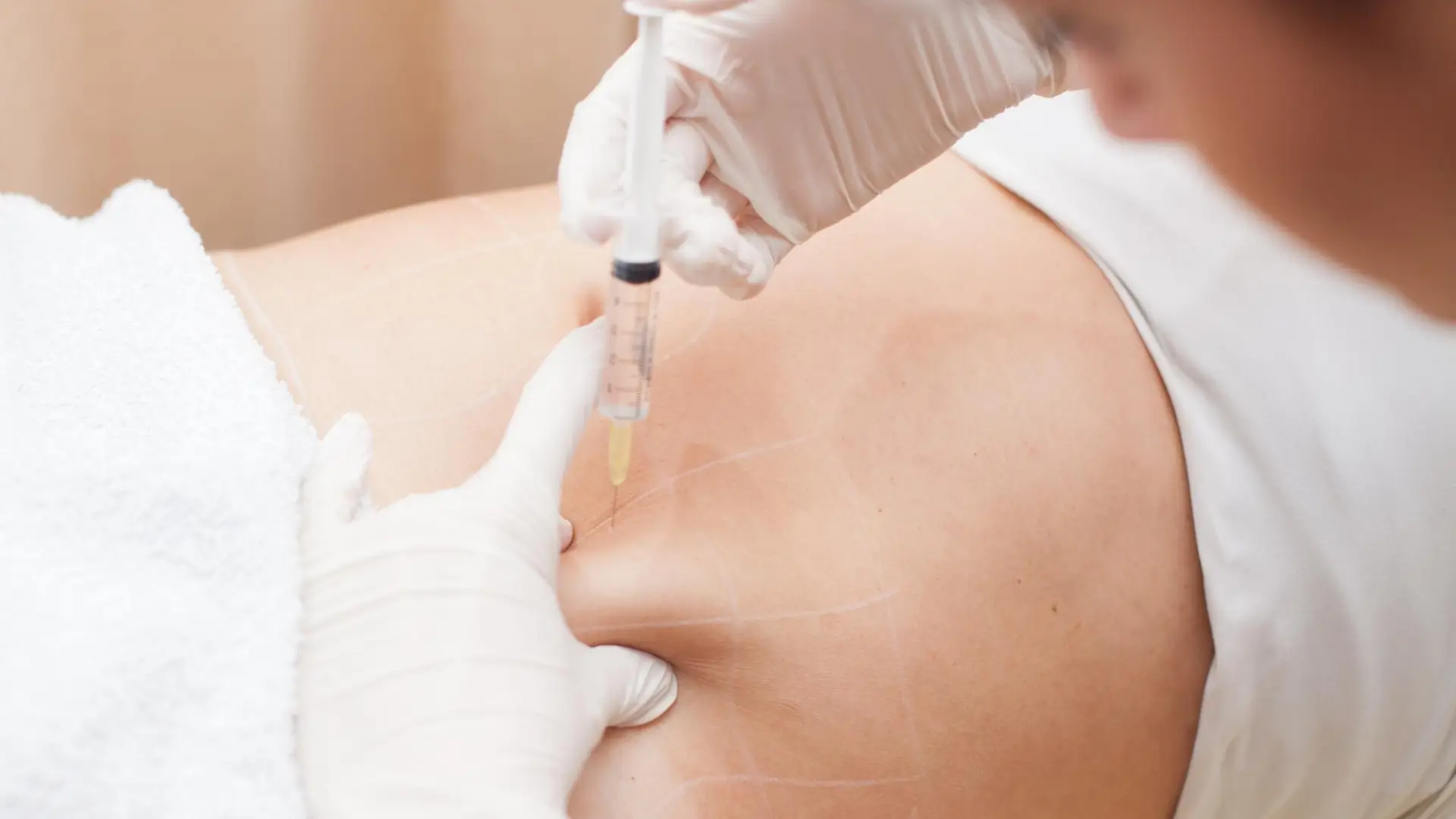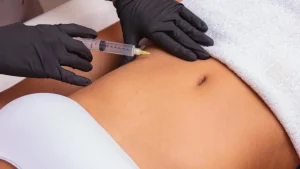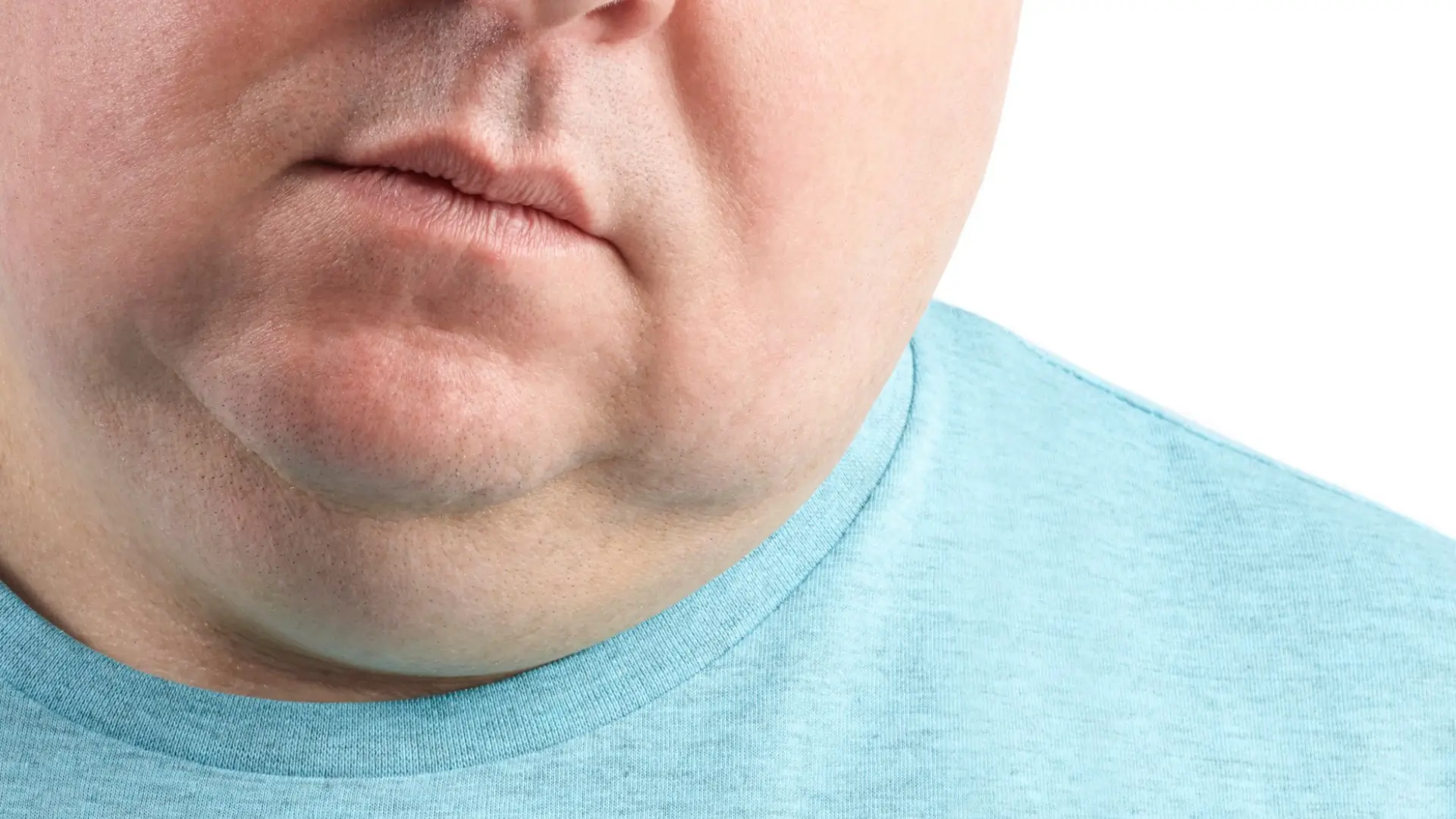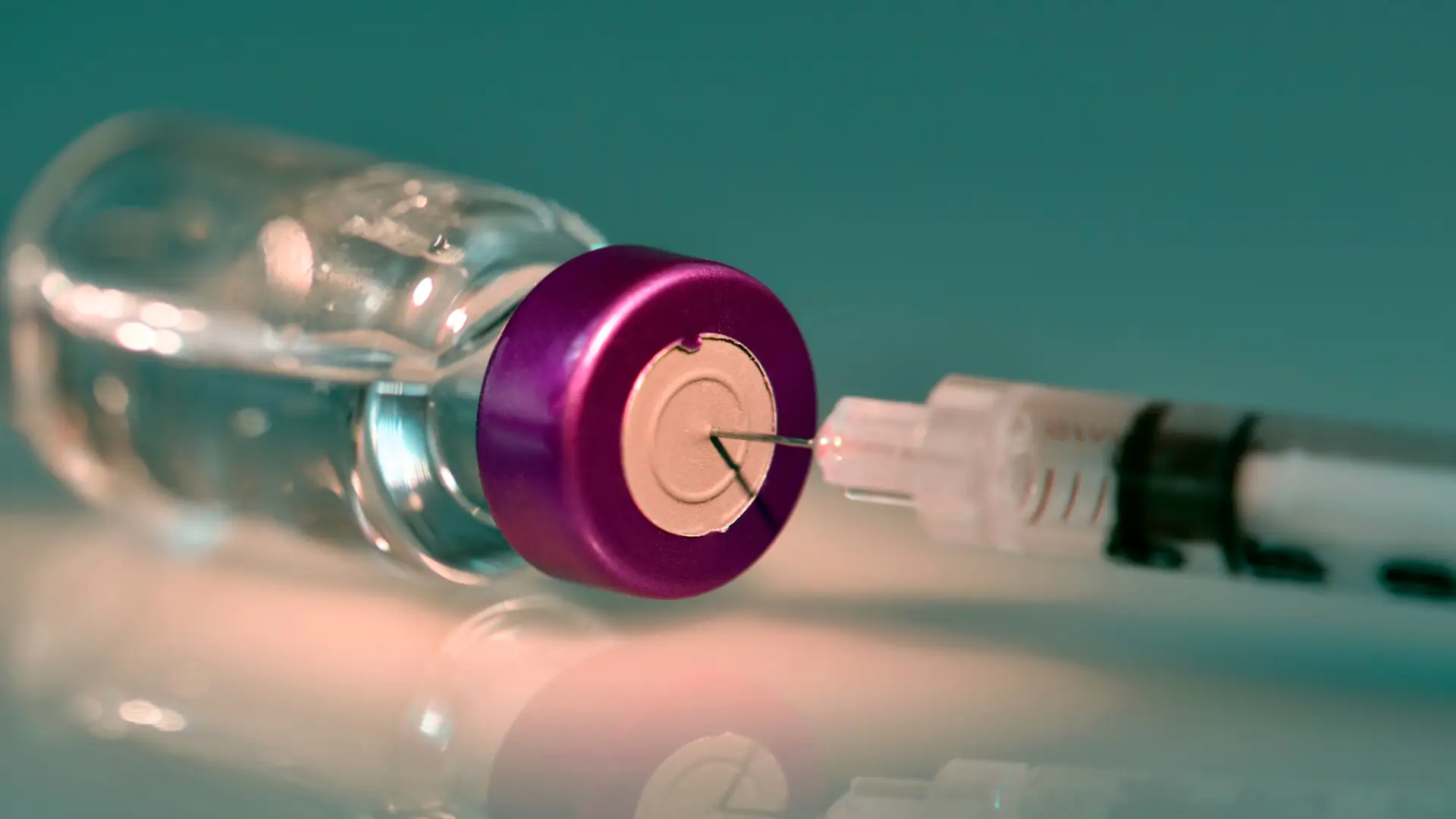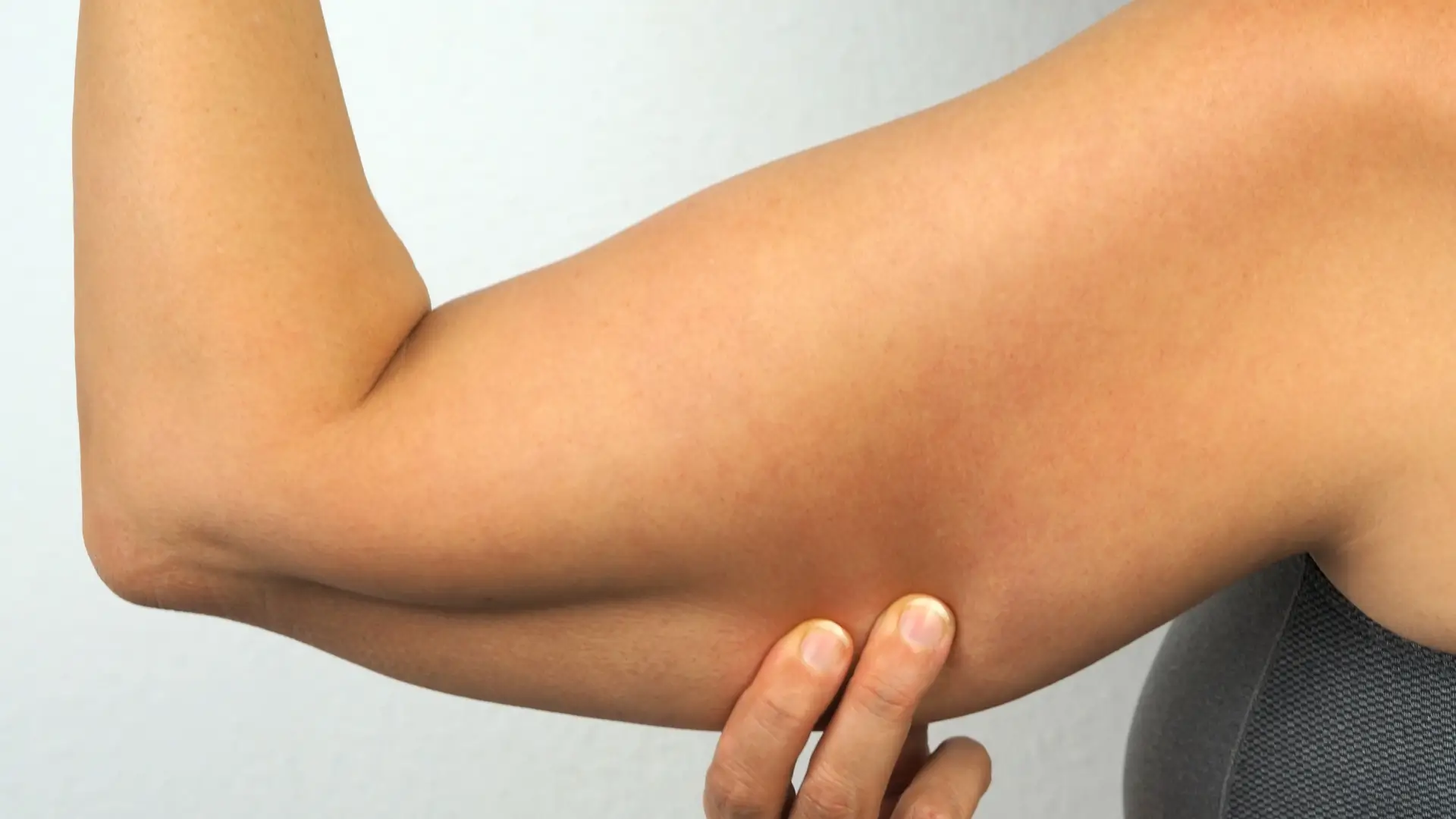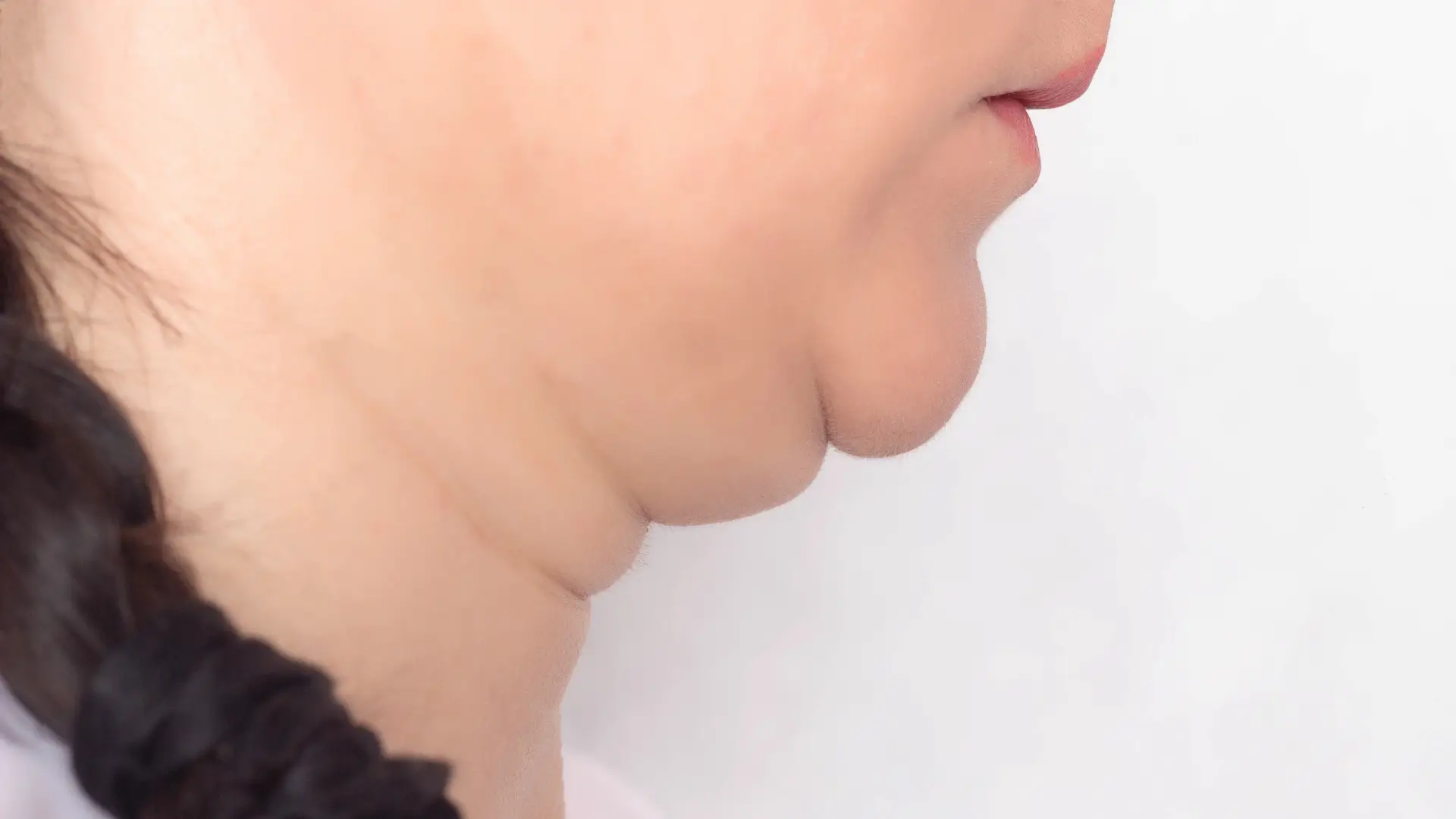In recent years, non-surgical body contouring has skyrocketed in popularity—and the numbers prove it. In 2023, the International Society of Aesthetic Plastic Surgery (ISAPS) reported over 19.1 million non-surgical aesthetic procedures performed globally, with non-surgical fat reduction ranking among the top five. More people than ever are looking for ways to reshape their bodies without going under the knife.
One of the standout options in this space is Aqualyx, an injectable treatment designed to target and dissolve stubborn fat pockets in specific areas. Unlike surgical liposuction, Aqualyx offers minimally invasive fat reduction with shorter downtime and more precise results. Though it’s not FDA-approved in the U.S., it carries a CE mark in Europe and has been widely used in clinics around the world.
In this article, we’ll break down the science behind Aqualyx and how it works, explore clinical studies, and share evidence-based tips for getting the most from treatment—so both patients and practitioners can make confident, informed decisions.
Key Takeaways
- Aqualyx is a non-surgical fat-dissolving injectable that uses deoxycholic acid in a gel matrix to break down and eliminate localized fat cells.
- It received its CE-mark in Europe but has not obtained FDA-approval in the United States, as it currently lacks large-scale, randomized clinical trials that meet FDA standards.
- Most clinical evidence comes from observational studies and real-world practitioner outcomes, with visual results often visible 6–8 weeks after the final session.
- Commonly treated areas include the abdomen, flanks, thighs, upper arms, knees, and jawline.
- Ideal candidates are adults with pinchable, localized fat deposits, good skin elasticity, and a stable body weight, who are not seeking significant weight loss.
- Reported side effects are usually mild and temporary (e.g., swelling, bruising), though rare complications like infection or necrosis can occur if improperly administered.
- Alternatives include Kybella (FDA-approved for chin fat), CoolSculpting, radiofrequency lipolysis, and VASER liposuction, depending on patient goals.
- Treatment should only be performed by licensed and trained professionals, and patients should receive thorough consultation and aftercare guidance for safe, effective outcomes.
About: Medica Depot is your trusted all-in-one supplier, offering a range of high-quality medical injectables and supplies. If you’re looking to buy Aqualyx, contact Medica Depot’s sales representatives and they will guide you on how to do so. Whether for health professionals, plastic surgeons, dermatologists, licensed estheticians, or other specialists, we can offer genuine, brand-name products you may need. With Medica Depot, we prioritize serving you better to improve the patient’s quality of life.
Does Aqualyx Work? Mechanism Backed by Science
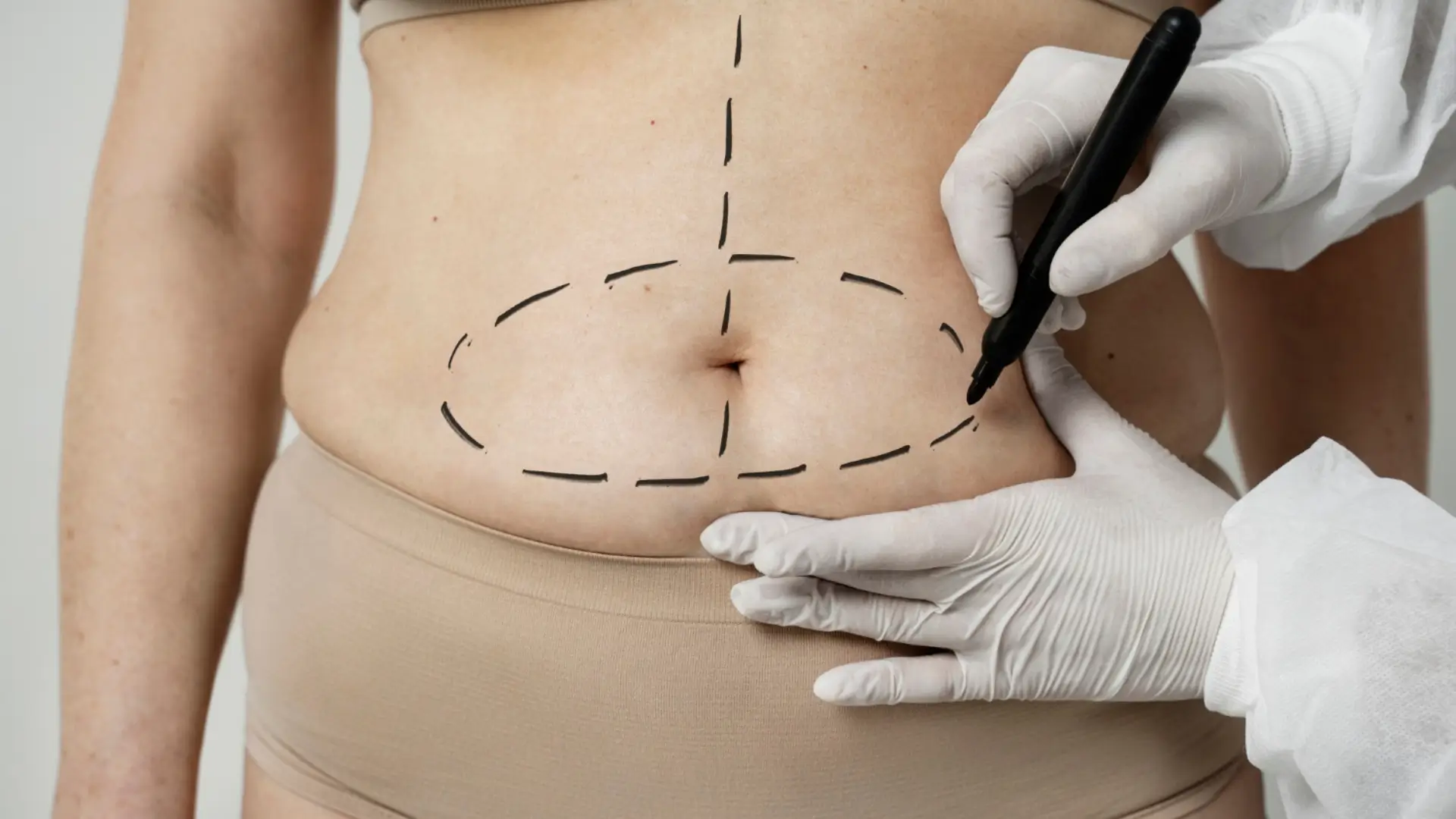
Aqualyx is a CE-marked injectable designed for fat dissolving in localized areas of the body. Developed by Marllor Biomedical, it contains a gel-based form of deoxycholic acid. Once delivered through Aqualyx injections, the compound disrupts the phospholipid bilayer of fat cell membranes, leading to their breakdown.
The process begins when dissolving injections reach the subcutaneous layer of the skin. Deoxycholic acid interacts with fat cells (adipocytes), damaging their membranes and triggering cell lysis. The breakdown products, including triglycerides, are then processed by macrophages and cleared through the lymphatic system. Finally, the liver metabolizes the waste, ensuring its removal from the body.
This two-step process—cell disruption followed by gradual clearance—explains why results appear progressively over weeks rather than immediately after treatment.
Aqualyx Evidence and Regulation Approval
A 4-year observational study on a CE-marked injectable fat reduction treatment (consistent with Aqualyx) demonstrated visible efficacy in non-invasive body contouring. Patients reported improvements in contour and fat reduction, especially in areas like the abdomen, thighs, and submental region.
Reported side effects were generally mild and temporary, including hematoma, paresthesia, and localized bruising (ecchymosis). Importantly, no serious long-term complications were documented, suggesting a favorable safety profile when trained professionals perform injections.
While Aqualyx holds CE approval in Europe, it does not have FDA clearance in the United States. The main reason lies in the limited availability of large-scale, randomized controlled trials that meet U.S. regulatory standards. Experts agree that further research is required to validate long-term safety and optimize treatment protocols for wider international adoption.
Does Aqualyx Work? Evidence from Clinical Reviews and User Results
Aqualyx is widely used in aesthetic medicine as a non surgical option for reducing localized fat cells. Evidence from smaller clinical studies and practitioner reports suggests that Aqualyx injections can deliver consistent results when applied to the right patients and under expert supervision. Unlike procedures that remove tissue surgically, these dissolving injections aim to contour the body gradually while preserving surrounding skin and structures.
A 2020 study on ultrasound-guided injection lipolysis demonstrated significant reductions in knee circumference and subcutaneous fat thickness in over 70% of participants. Similar findings have been noted in case series and observational reviews of fat dissolving treatments, supporting its role in non-invasive contouring.
Researchers have highlighted that Aqualyx injections are most effective in targeting localized pockets of fat, rather than serving as a solution for overall weight loss. The mechanism relies on the targeted breakdown of cells, followed by clearance through the lymphatic and hepatic systems.
Although large-scale randomized trials remain limited, patient-reported outcomes and before-and-after images provide compelling support. Many clinics share visible improvements in areas such as the abdomen, thighs, upper arms, and face. A frequently noted success is Aqualyx chin treatment, where patients show enhanced jawline definition and reduced submental fullness after several sessions.
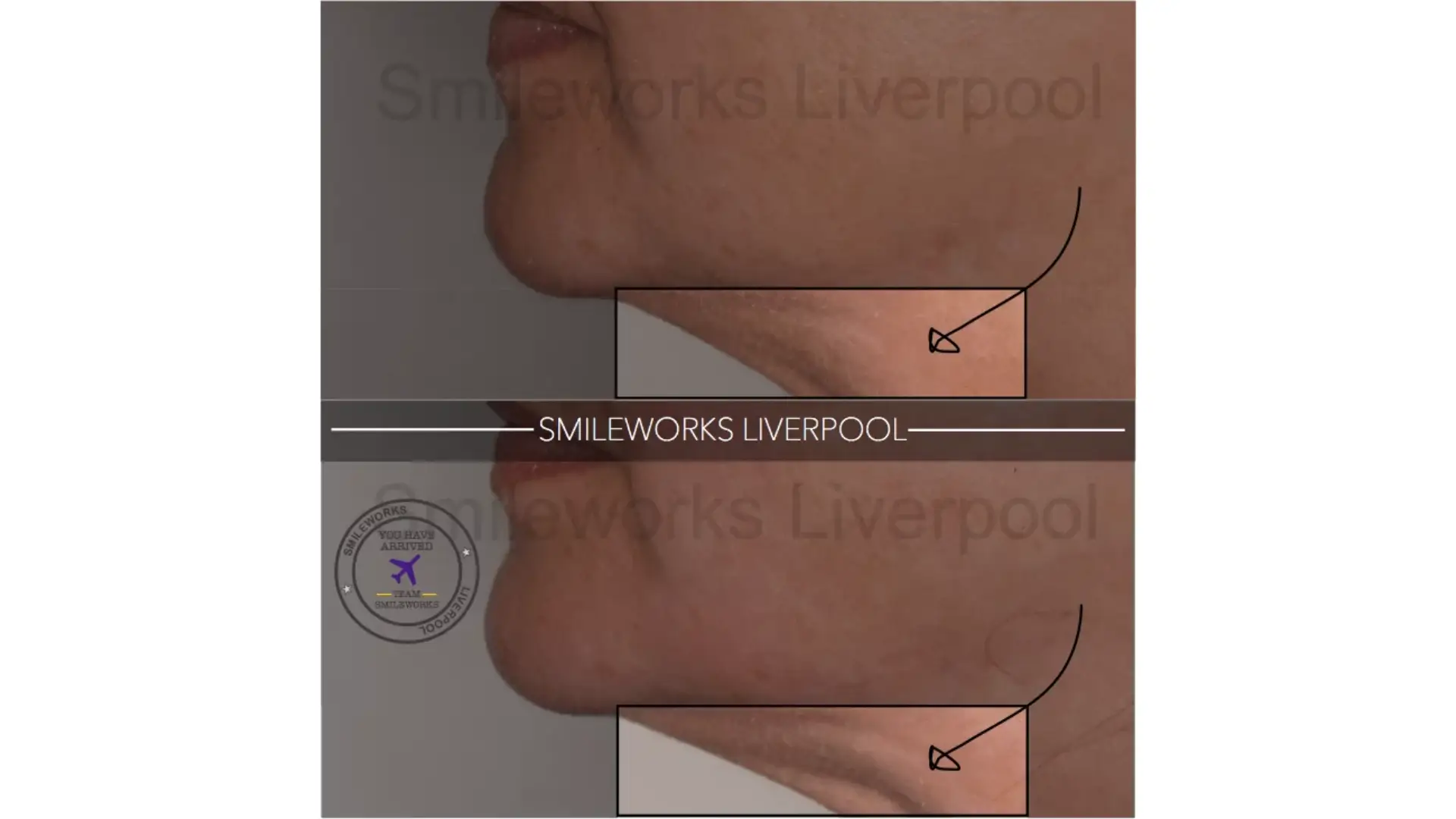
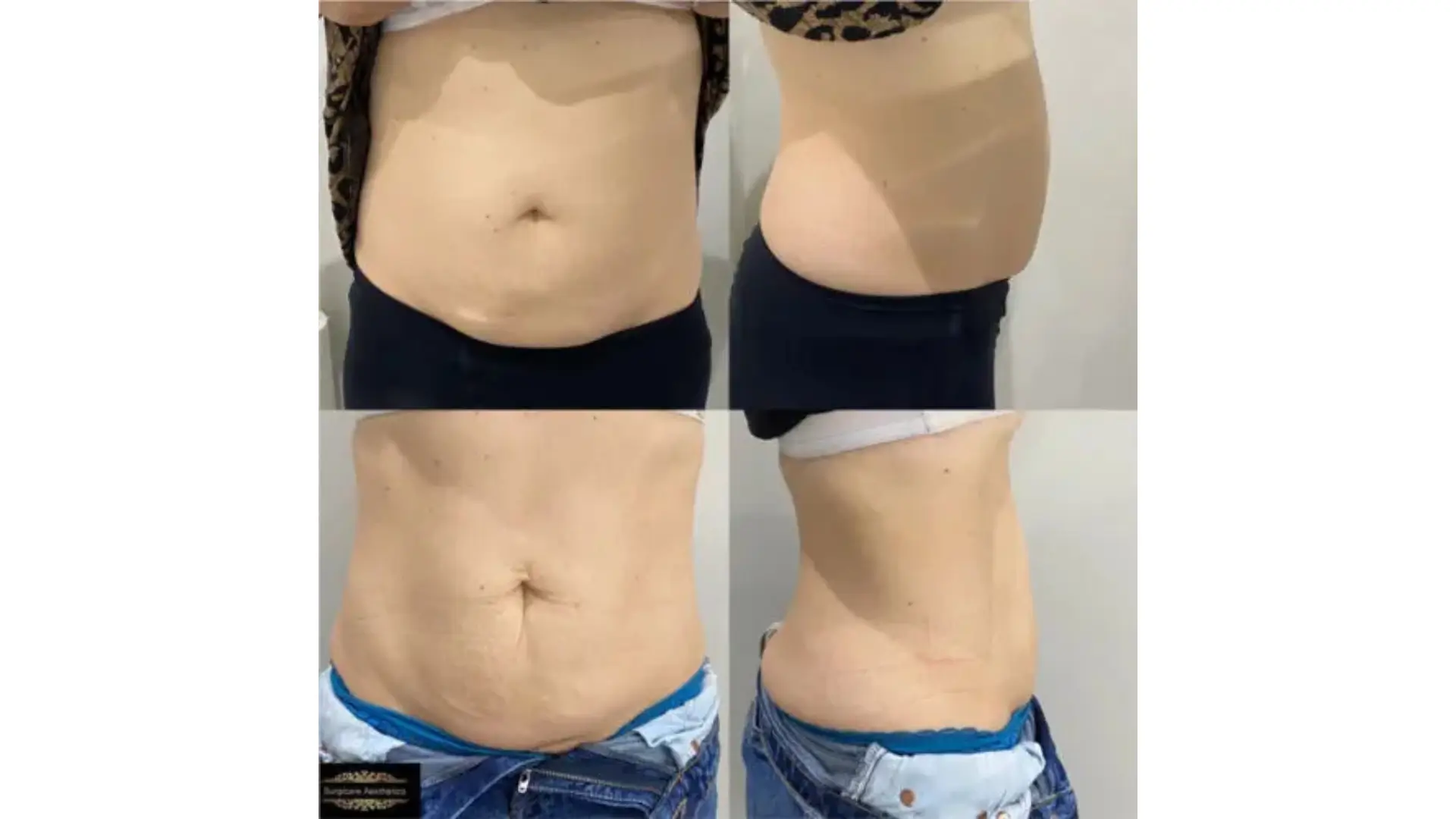
Patient Considerations
Practitioners also note that results appear progressively, often over 4–8 weeks, as the body metabolizes broken-down cells. Because fat dissolving works gradually, outcomes look natural and avoid the sudden changes often associated with surgical approaches.
Furthermore, as with any injectable treatment, individual responses vary. Factors such as fat distribution, skin elasticity, and adherence to aftercare all influence final results. Proper patient selection and consultation remain essential, ensuring that expectations align with the achievable outcomes of dissolving injections.
Does Aqualyx Work? Best Areas Treated and Ideal Candidates
Patients undergoing Aqualyx often start noticing results within 6 to 8 weeks after their final session. Most require two to four sessions, spaced several weeks apart, to achieve optimal contouring. Because these dissolving injections target fat cells in specific areas of the body, the approach is best suited for refining shape rather than achieving significant weight loss.
Unlike surgical methods such as liposuction, this treatment involves minimal downtime, making it an appealing option for patients seeking gradual, natural-looking changes in their skin and contours.
Clinicians frequently use Aqualyx injections to address stubborn pockets of fat that do not respond to diet or exercise. Common treatment sites include:
- Abdomen and flanks
- Inner and outer thighs
- Upper arms
- Knees and ankles
Although Aqualyx is CE-marked in Europe for body contouring, many practitioners also use it off-label in the submental area. The Aqualyx chin treatment has become especially popular for reducing double chins and improving jawline definition.
The most suitable candidates share specific characteristics that support safe, effective outcomes:
- Are already at or close to their target body weight
- Have localized fat deposits resistant to diet and exercise
- Maintain good skin elasticity and overall health
- Are prepared to follow aftercare instructions and complete multiple sessions if necessary
A thorough consultation is essential before beginning treatment. The practitioner must assess medical history, fat distribution, and skin quality to determine eligibility and explain realistic expectations. By selecting the right candidates, providers can maximize the benefits of fat dissolving injections and minimize risks.
Does Aqualyx Work? Limitations, Side Effects & Alternatives
Understanding what Aqualyx can and can’t do helps set realistic expectations and supports safe, informed treatment planning.
Limitation
Aqualyx is not FDA-approved and is not intended for significant weight loss. Its design is best suited for small, stubborn fat deposits. Most studies to date are observational, and there is still a lack of large-scale, controlled trials that meet international gold-standard clinical benchmarks.
Side Effects
Like other injectable treatments, temporary side effects are common:
- Swelling (typically 2–5 days, sometimes longer)
- Bruising and redness
- Tenderness at injection sites
- Formation of soft nodules
These generally resolve without medical intervention. However, rare but serious risks include infection, allergic reactions, skin necrosis, or prolonged lumpiness—especially when performed by unqualified providers. That’s why it’s essential that only trained and licensed professionals administer Aqualyx.
Alternatives
If Aqualyx fat injectable isn’t the right fit, patients may consider:
- Kybella: FDA-approved injectable for submental fat
- CoolSculpting: Noninvasive cryolipolysis (fat freezing)
- VASER Liposuction: Ultrasound-assisted surgical fat removal
- Radiofrequency lipolysis: Combines fat reduction and skin tightening
Each has its pros and cons, and the best choice depends on individual goals, budget, and medical history.
Conclusion
For many patients, Aqualyx does work. It offers a non-surgical, targeted solution for reducing localized fat, especially in areas like the abdomen, thighs, and chin. It delivers gradual, natural-looking results with relatively low downtime.
However, it’s important to remember that Aqualyx is not FDA-approved in the U.S., and more rigorous clinical studies are needed to confirm its long-term safety and efficacy. For now, it’s widely used in Europe and other international markets, with many providers reporting positive patient outcomes.
Anyone considering Aqualyx should consult a qualified aesthetic practitioner, weigh the risks and benefits, and explore alternative treatments if needed. As with any cosmetic procedure, professional experience and proper patient selection make all the difference.
FAQs
1. How does Aqualyx work for fat reduction?
Aqualyx contains deoxycholic acid in a gel matrix, which breaks down fat cell membranes in targeted areas. It then gradually removes fat by the body’s lymphatic and metabolic systems.
2. What are the common side effects of Aqualyx treatment?
Most patients experience swelling, bruising, tenderness, and mild redness. These typically resolve within a few days to a week, though rare complications may occur.
3. Does Aqualyx have FDA approval?
No, Aqualyx does not have FDA approval but it has CE marking in Europe. Moreover, it may need more research before the regulatory agency approves it for use in the United States.
References
International Society of Aesthetic Plastic Surgery. Global Survey 2023: Full Report and Press Releases. Isaps.org. Published 2023. Accessed August 21, 2025. https://www.isaps.org/discover/about-isaps/global-statistics/global-survey-2023-full-report-and-press-releases/
Mlosek RK, Skrzypek E, Migda B, Migda M, Woźniak W. The efficacy of high-frequency ultrasound-guided injection lipolysis in reducing fat deposits located on the inside of the knees. J Ultrason. 2021;20(83):e273-e278. doi:10.15557/JoU.2020.0048
